For most of us it can be easy to answer questions such as: ¿who are you? ¿where are you? or ¿what day is it today? However, for other people these questions are truly complicated because they manifest an orientation disorder. For this reason, we propose four orientation activities to improve this cognitive function.
Orientation
What is it?
It is the ability that allows us to be aware of ourselves and of the context in which we find ourselves at a given moment.
Types of orientation
There are three types: personal, temporal and spatial. Below we explain what each one consists of:
- Personal: ability to integrate information related to personal history and identity.
- Temporal: ability to handle information related to the day, hour, month, year, timing of behaviors, holidays, seasons, etc.
- Spatial: ability to handle information about where one comes from, where one is at a specific moment, where one is going, etc.
What is orientation for?
Orientation is one of the most relevant aspects of our daily life. In addition, this cognitive function helps us place ourselves as well as other people within a situation. That is, it is necessary that we have a good orientation of space and time in which we find ourselves.
We are talking about something as basic as knowing what time of day it is in order to carry out the actions appropriate to that moment, such as having breakfast in the morning and going to bed at night.
Orientation activities to work with adults and older adults
Below we present a series of orientation activities designed by professionals:
1. Objects, places and professionals
What does it involve?
First, we show a worksheet where users must connect different objects with the places where they can be bought and the professionals who work in those places.
For example, in this specific Place Orientation exercise one must determine which items can be purchased in a bookstore.
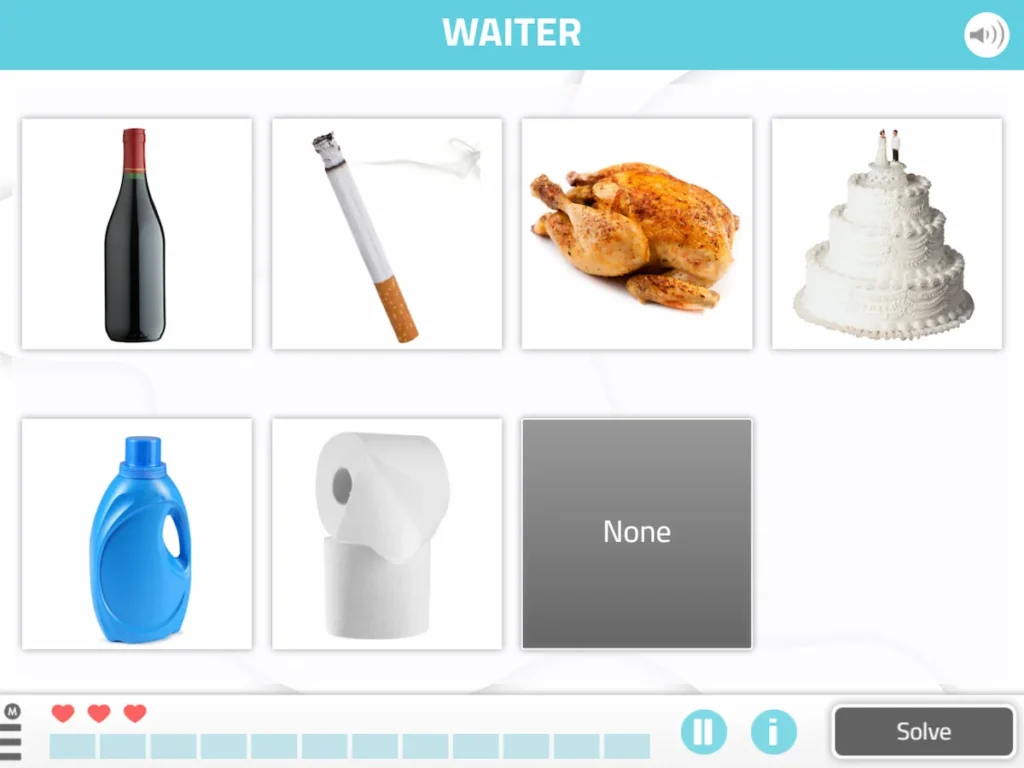
2. Household Objects
What does it involve?
Second, we present Household Objects, one of the Place Orientation activities for adults designed by NeuronUP. In this worksheet the user must place where in the house various objects would be found.
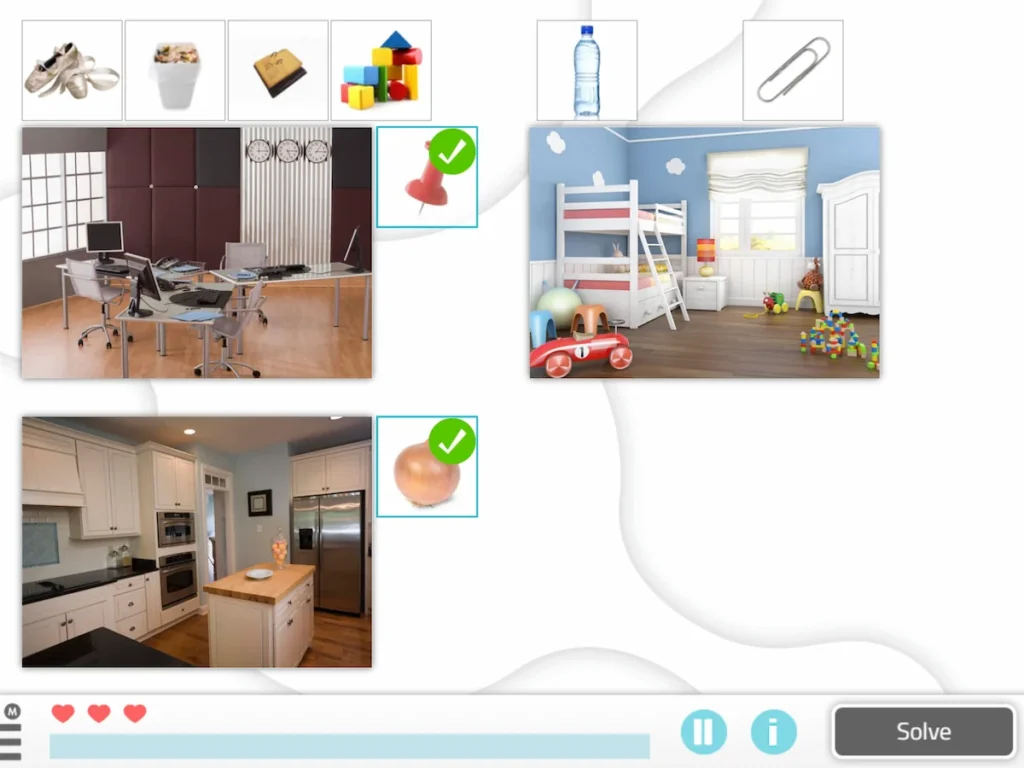
3. Location in Time
What does it involve?
Next, we propose the activity Location in Time, a Time Orientation exercise for adults. In each of the worksheets of this activity the user must say the current time, day, month, year and season. In this particular one they must indicate which day of the week it is.
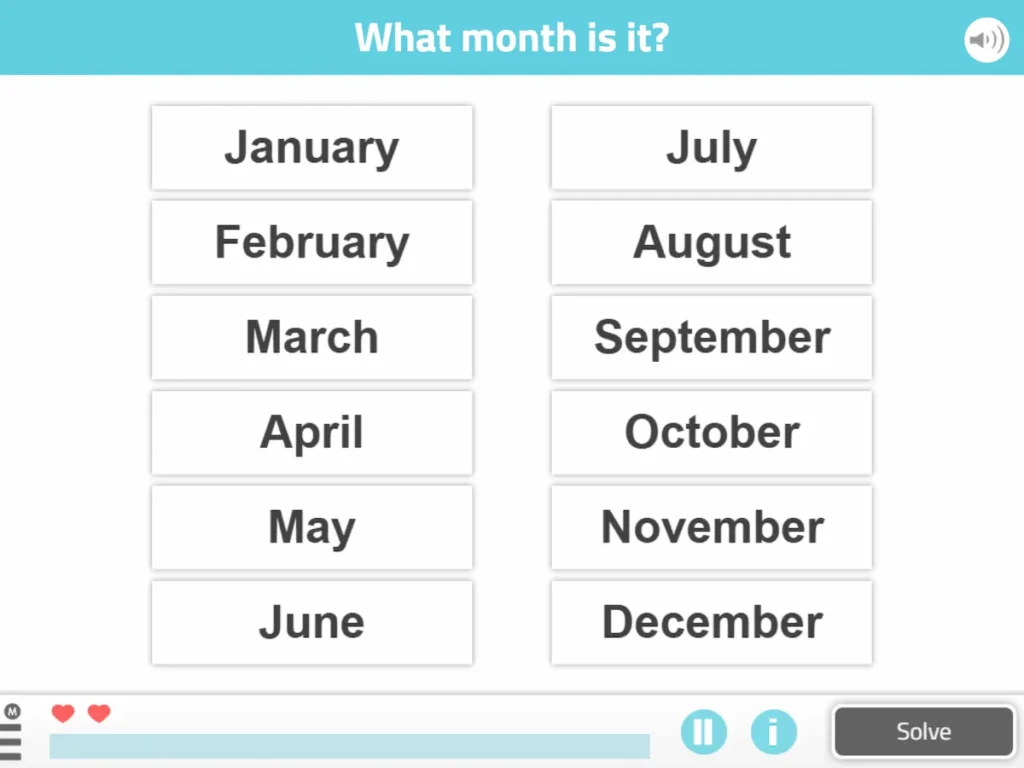
4. Seasons
What does it involve?
The Time Orientation activities can also be worked on on paper. For example, with the following worksheet the user must indicate which season of the year they are in based on its main characteristics.
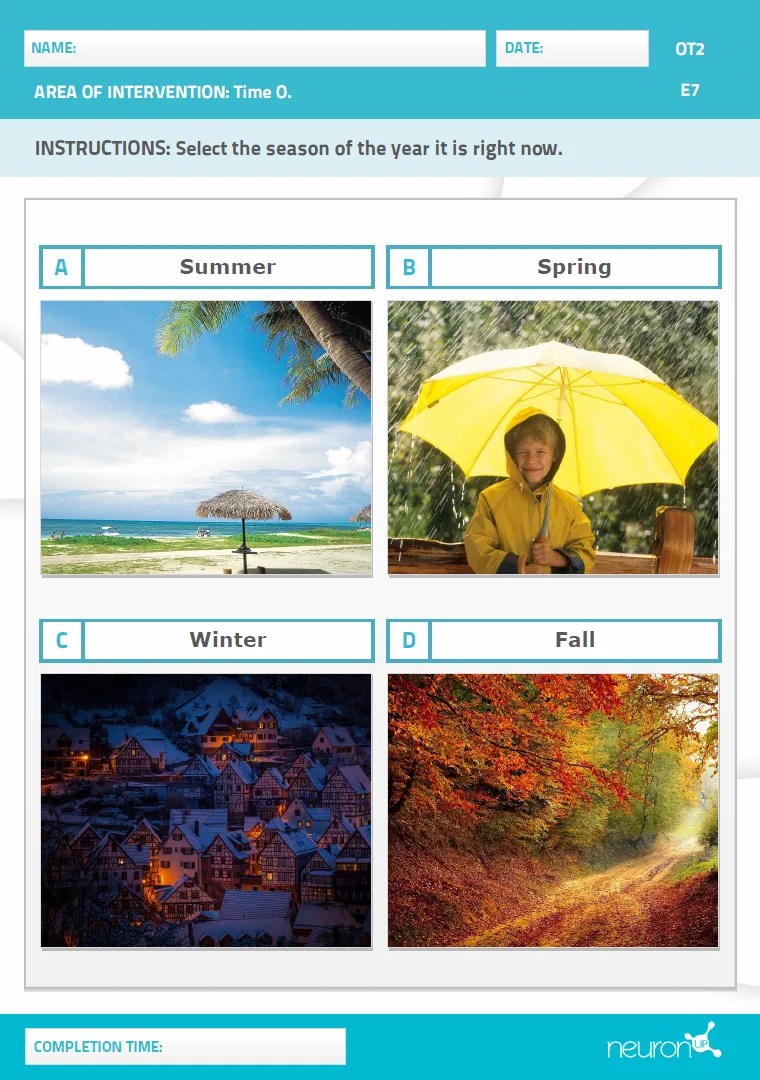
If you liked this post about activities to work on orientation, you might be interested in these posts from NeuronUP:
“This article has been translated. Link to the original article in Spanish:”
Orientación: definición, tipos y actividades de orientación
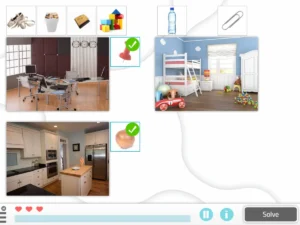

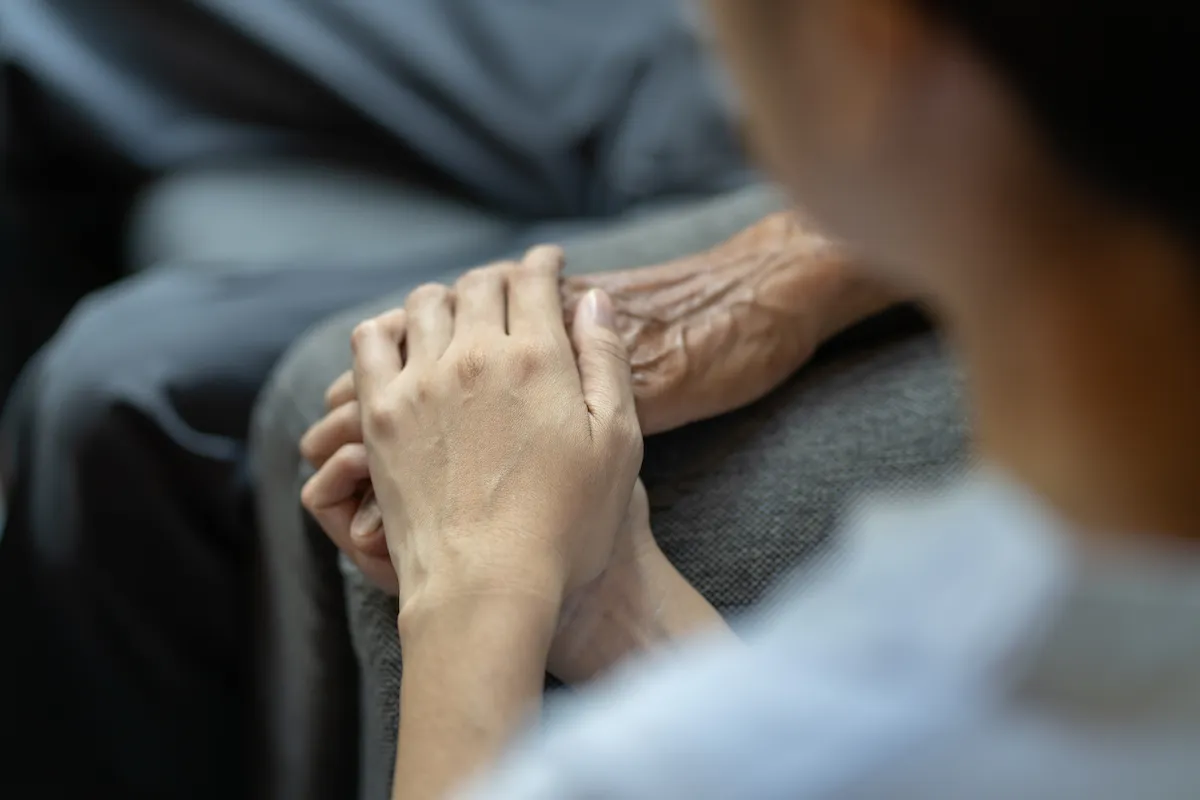



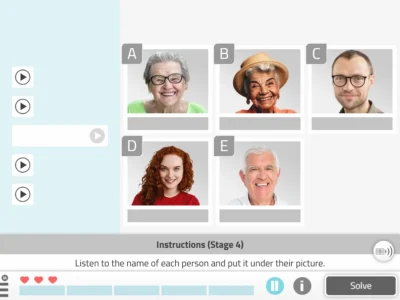
 The relationship between the brain and behavior: are we our brain?
The relationship between the brain and behavior: are we our brain?
Leave a Reply